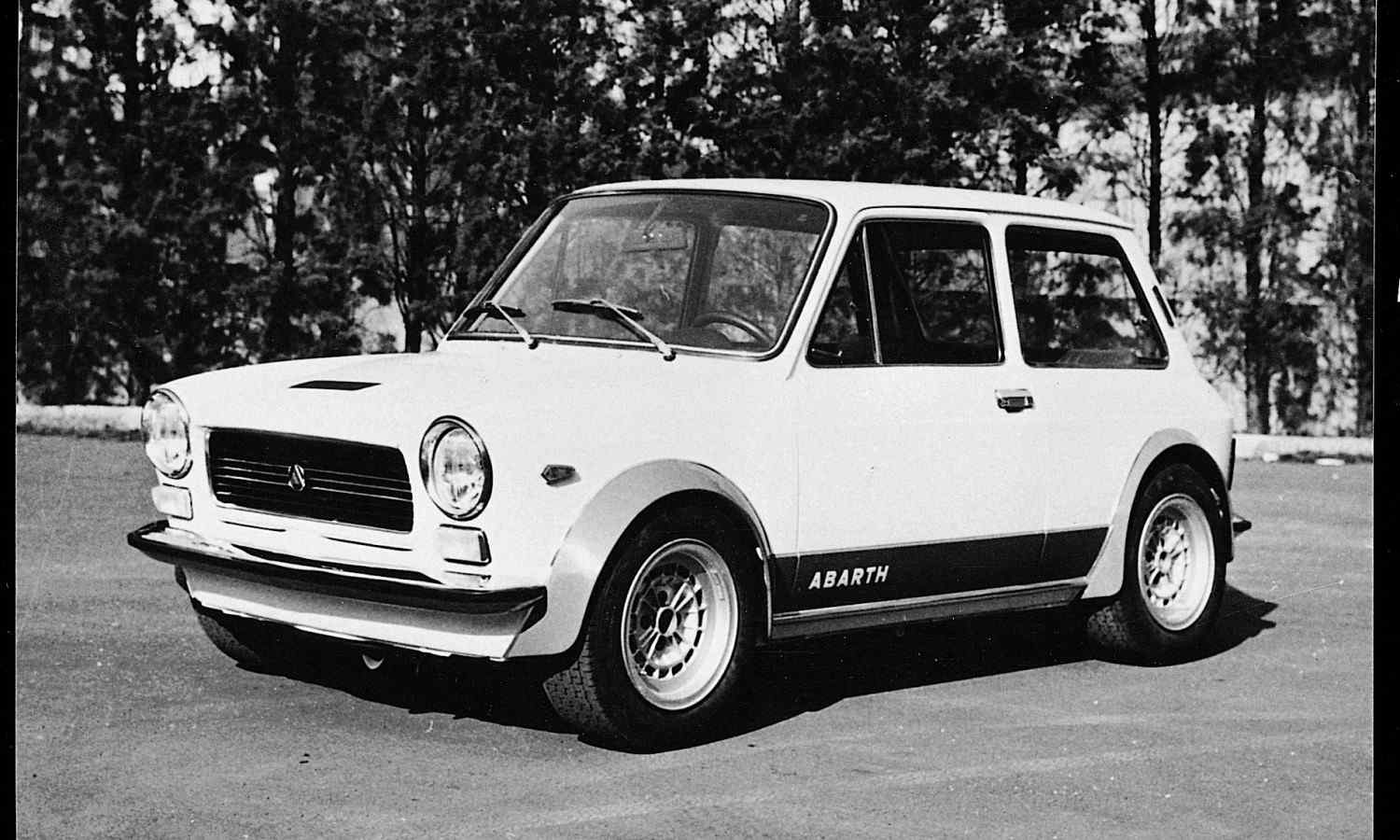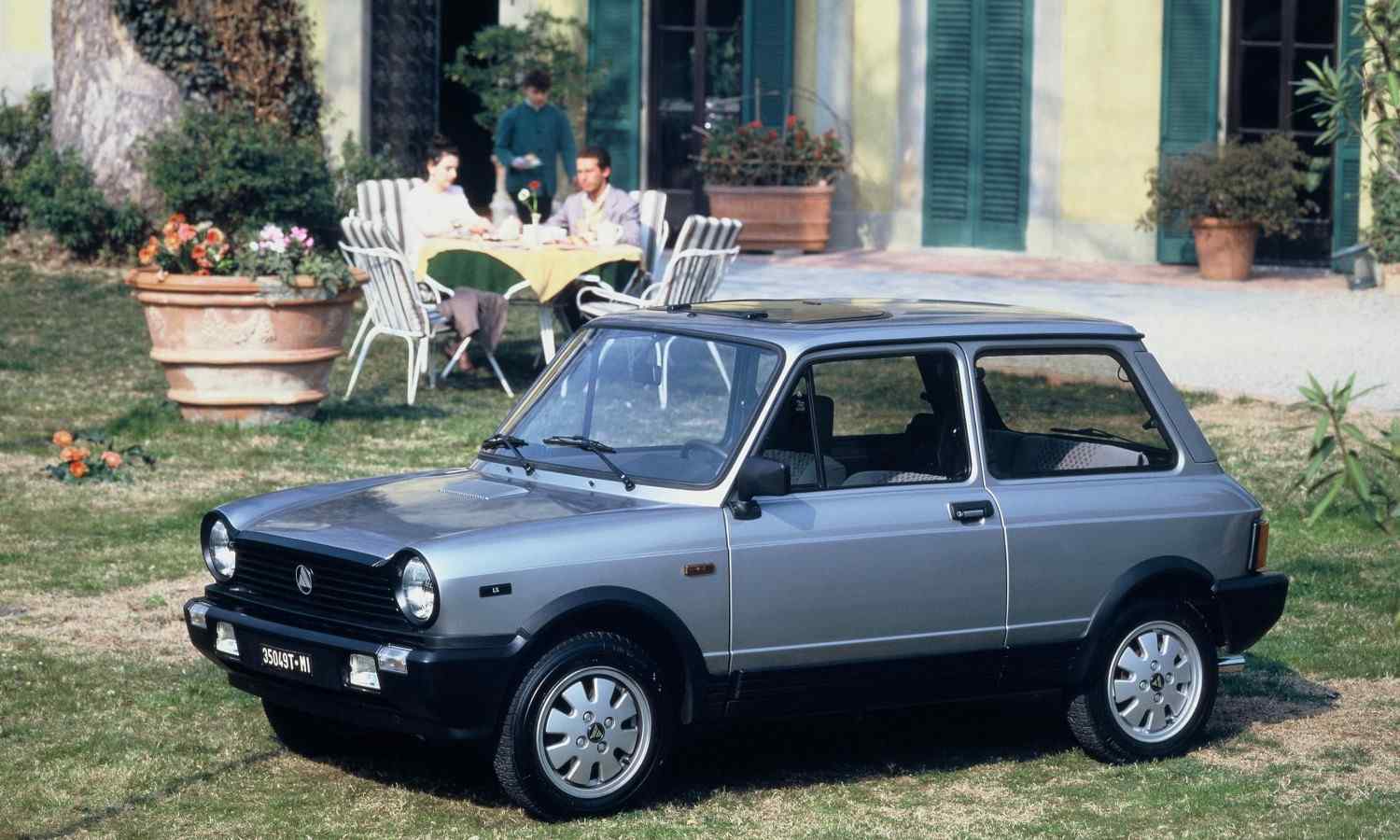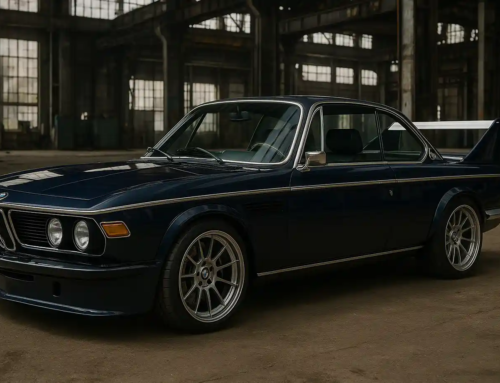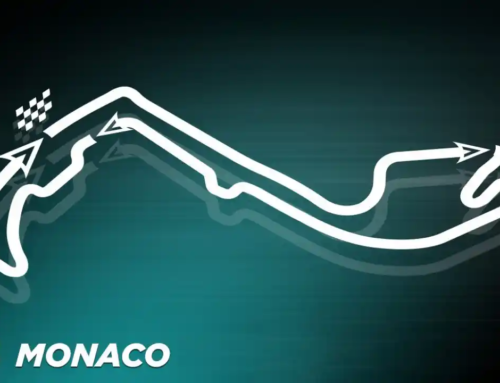In a new series called, Defining a Segment, we take a look at cars that are not given the credit they deserve. Classic car buff Winston Mace takes a closer look at the Autobianchi A112. This boxy Italian can be considered the very first hot hatch.
Contrary to popular belief, the VW Golf GTI was not the first hot hatch. The Germans along with the French and Brits may have played a major role in developing the segment but it was the Italians who led the way with the release of the Autobianchi A112 back in 1971. Interestingly, the term hot hatch didn’t appear until around the early 1980s. The British press used it to refer to cars such as the Golf GTI, Peugeot 205 1.9 and Ford Escort XR3.
Follow Double Apex on Instagram and Facebook where we share more car content.
Autobianchi’s Humble Beginnings
Autobianchi, a subsidiary of Fiat, was founded in 1955 with the goal of producing small, affordable cars for the Italian market. Their early offerings, such as the Bianchina and the Primula, were modest in design and performance. All that changed when Autobianchi released a compact performance focused hatchback in 1971 called the A112.
Click here to read about the first instalment of this series outlining the original super saloon.
Setting the Benchmark
The A112’s engine, a 982 cm³ inline-four, was nothing remarkable. However, when tuned by Abarth, Fiat’s performance arm, it became a force to be reckoned with. The Abarth-prepared A112 boasted 43 kW, a significant jump from the standard model’s 33. This increase in power, combined with its lightweight body and agile handling, made the A112 a formidable opponent on the road.
The Birth of the Hot Hatch
The A112’s potent performance and practical body style created a new category in the automotive world: the hot hatch. No longer did drivers have to choose between a sportscar’s performance and a family car’s practicality. The A112 offered the best of both worlds, and its influence can still be seen in modern hot hatches. Prior to the A112’s release, Mini had released the Cooper S but the Mini wasn’t regarded as a hatchback thanks to its fixed rear glass and separate boot.
Influence on the Industry
The A112’s impact on the automotive industry while influential, was only really felt in the 1980s when other manufacturers began to release their own hot hatches. The Volkswagen Golf GTI, Renault 5 Alpine, Ford XR3 and Peugeot 205 GTI are just a few examples of cars that owe a debt of gratitude to the A112.
The A112’s influence extended beyond Europe, with Japanese manufacturers like Honda and Toyota taking note of the hot hatch’s popularity. The A112’s formula of performance and practicality was applied to cars such as the Honda Civic and Toyota Corolla, creating a new generation of hot hatches that catered to a global audience.
Legacy of the Autobianchi A112
Today, the hot hatch segment is more popular than ever, with cars like the Volkswagen Golf R, Honda Civic Type R, and Mercedes-AMG A45S pushing the boundaries of performance and style. The Autobianchi A112 may not have been the most powerful or the most stylish car of its time, but its influence on the industry cannot be overstated.
The Autobianchi A112 was a pioneering car that dared to challenge conventional thinking. Its potent combination of performance and practicality created a new segment in the automotive world, influencing generations of cars to come. As the hot hatch segment continues to evolve more so with the move to hybrid and electric drivetrains, it is important to remember the humble beginnings of this iconic car and the lasting impact it had on the industry.




![2025 Concorso d’Eleganza Villa d’Este [Gallery]](https://doubleapex.co.za/wp-content/uploads/2025/05/CDE_2025_HM_-0725-500x383.webp)

![The Alfarrari Is The Ultimate Italian Restomod [w/video]](https://doubleapex.co.za/wp-content/uploads/2025/05/Alfarrari-500x383.webp)
Leave A Comment